



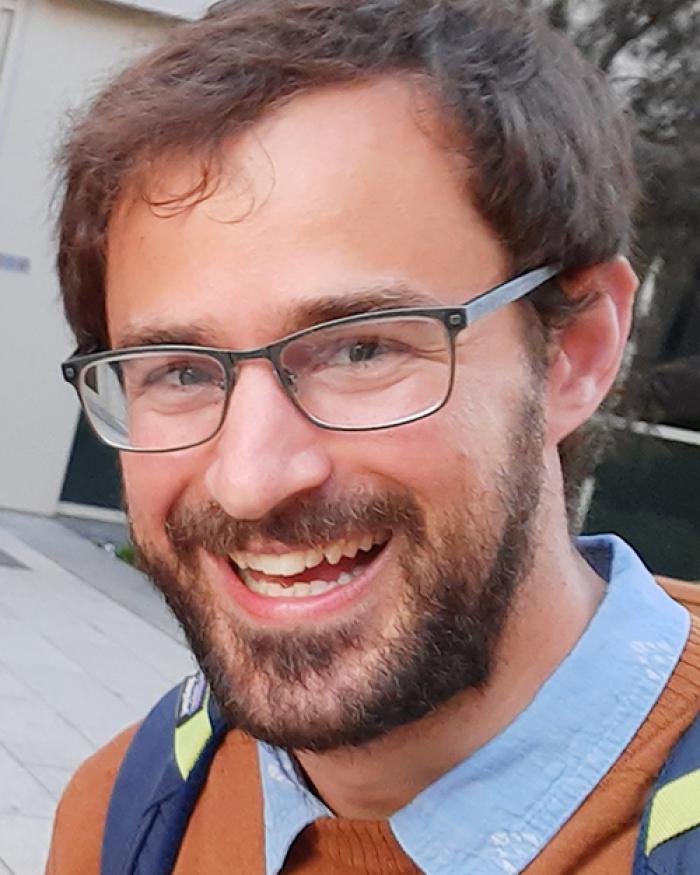

Matthew Andrews
Department of Biochemistry & Biophysics
Courtesy Faculty - Dept. of Biochemistry and Biophysics
PROFESSOR OF BIOCHEMISTRY AND BIOPHYSICS UNIVERSITY OF NEBRASKA-LINCOLN
DIRECTOR NEBRASKA EPSCOR
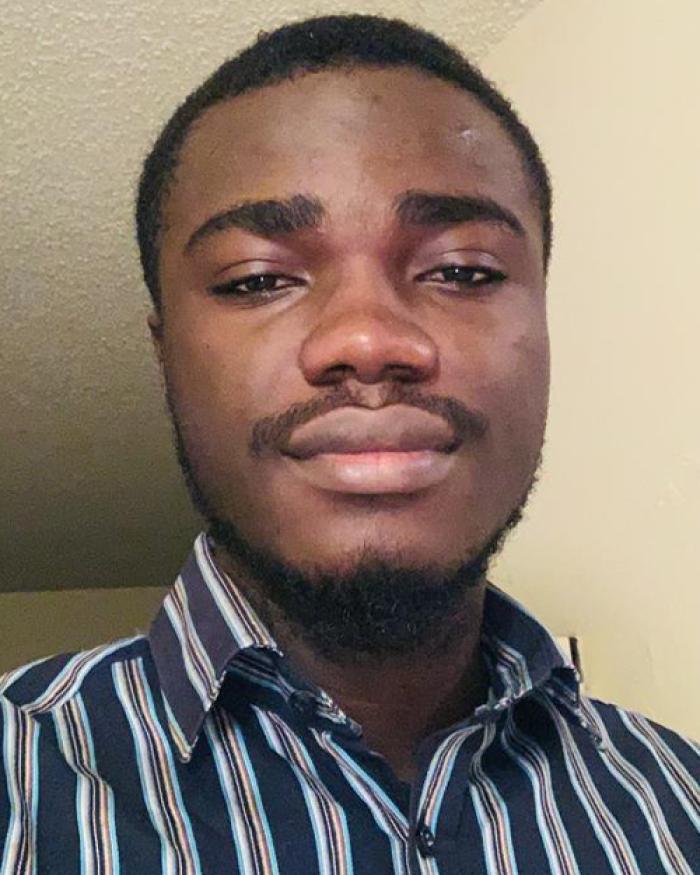

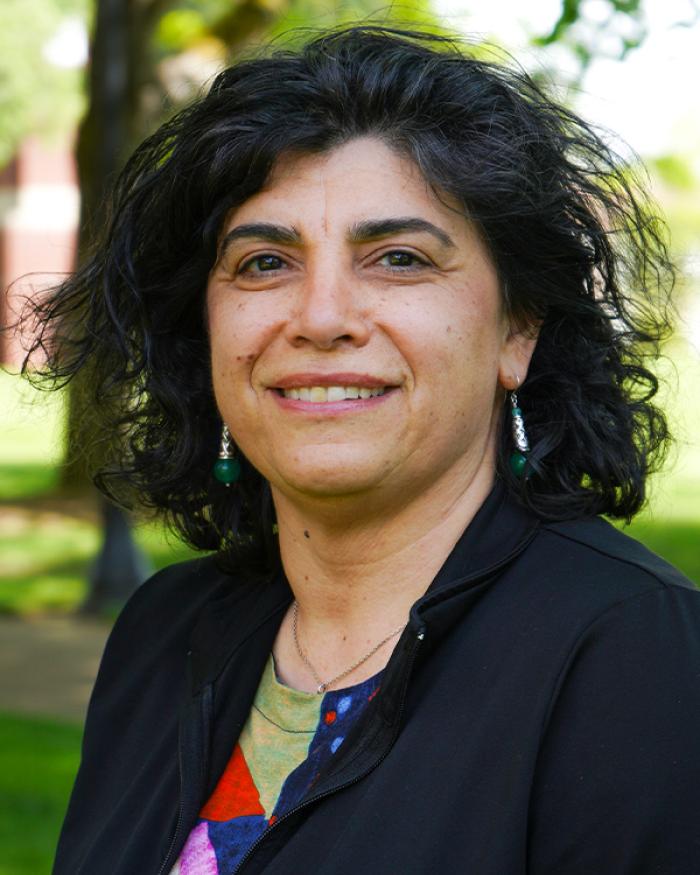
Elisar J. Barbar
Department of Biochemistry & Biophysics
Department Head
Professor
Faculty Director of the OSU Biomolecular NMR Facility
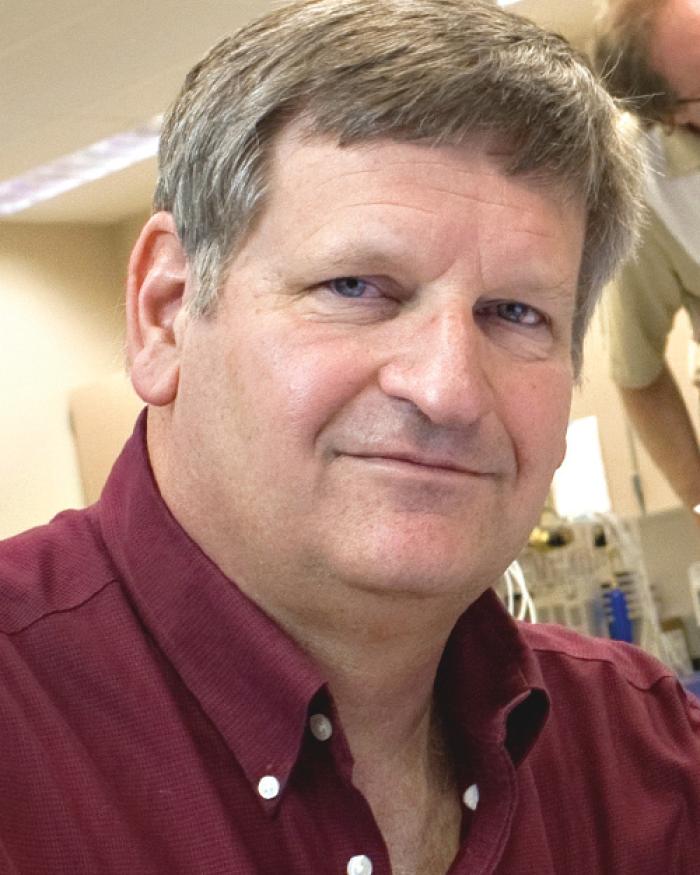
Joseph S. Beckman
Department of Biochemistry & Biophysics
Professor Emeritus
University Distinguished Professor
Principal Investigator and Burgess and Elizabeth Jamieson Chair in Healthspan Research, Linus Pauling Institute
Director, Environmental Health Sciences Center
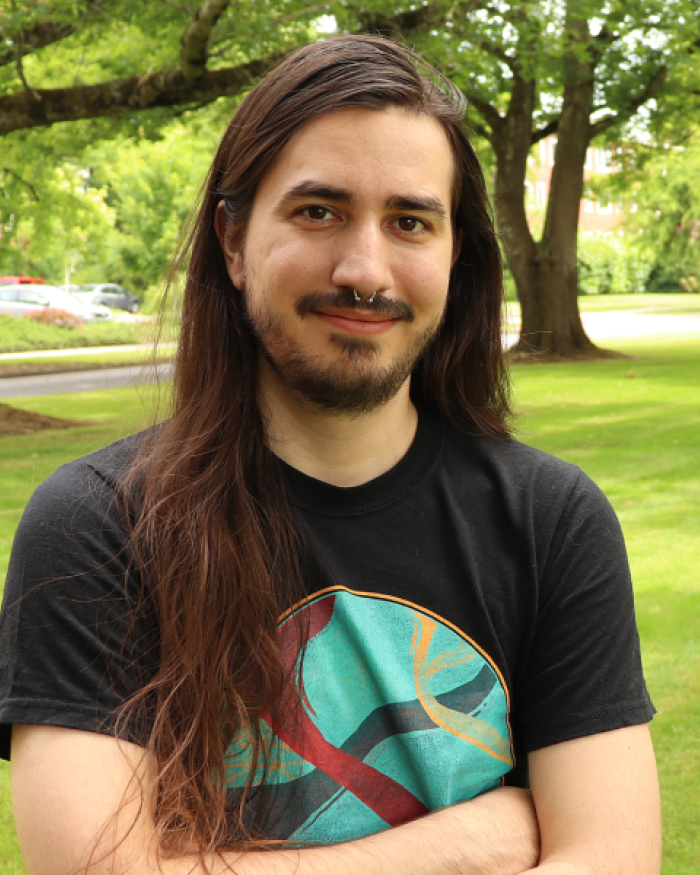
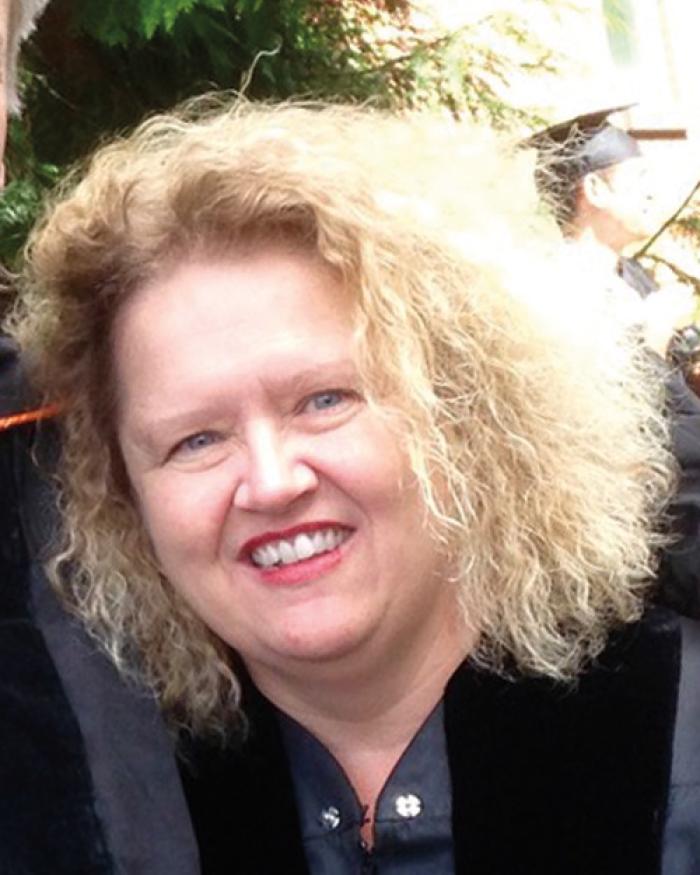
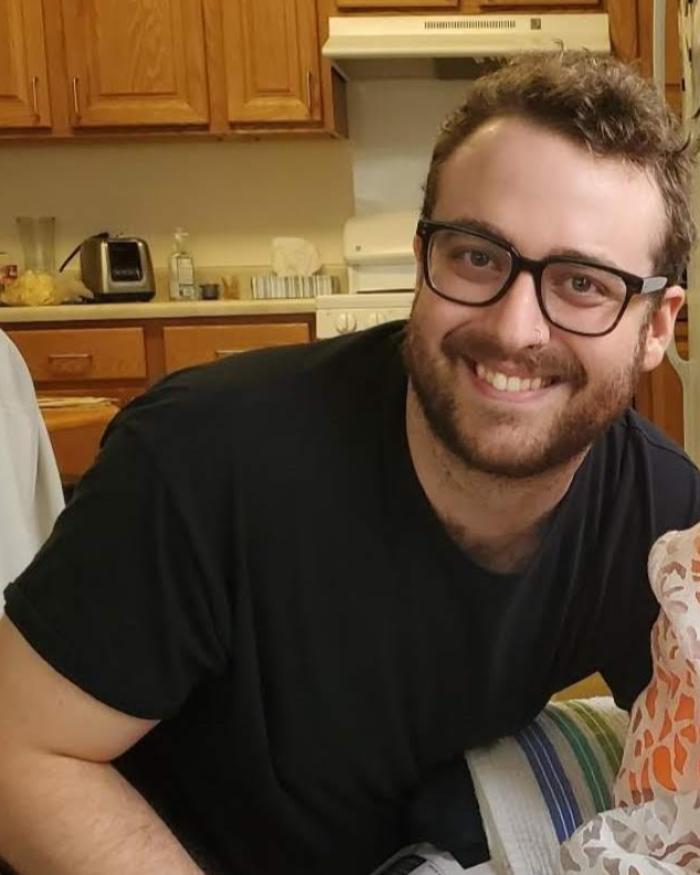

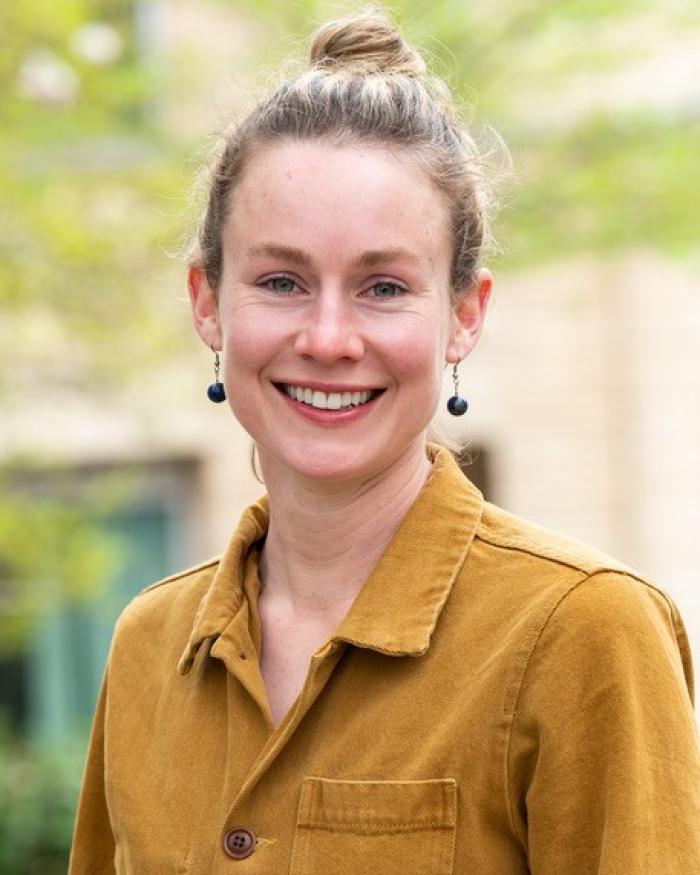

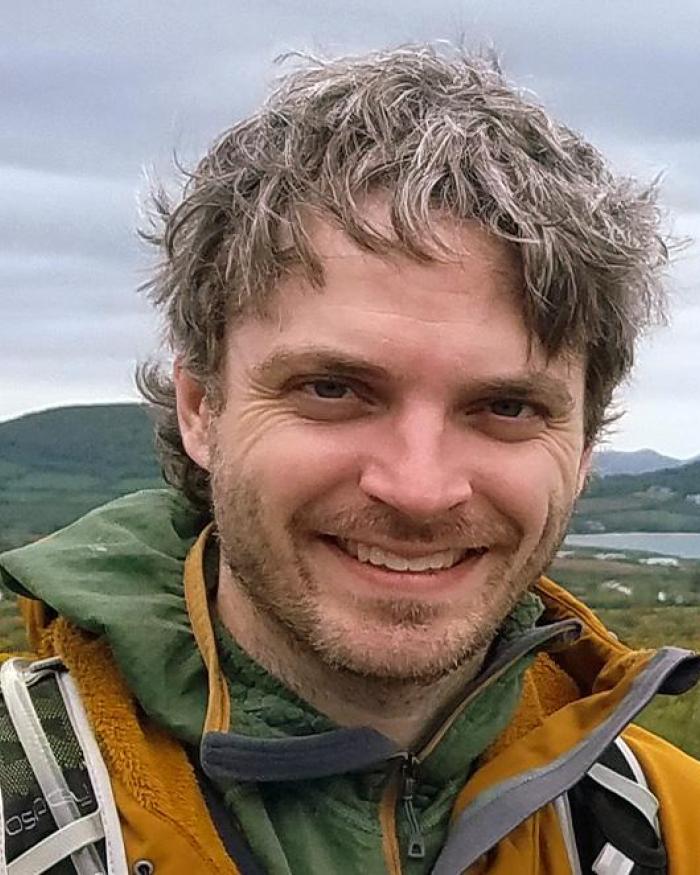
Richard B. Cooley
Department of Biochemistry & Biophysics
Assistant Professor (Sr Res)
Associate Director GCE4All Research Center

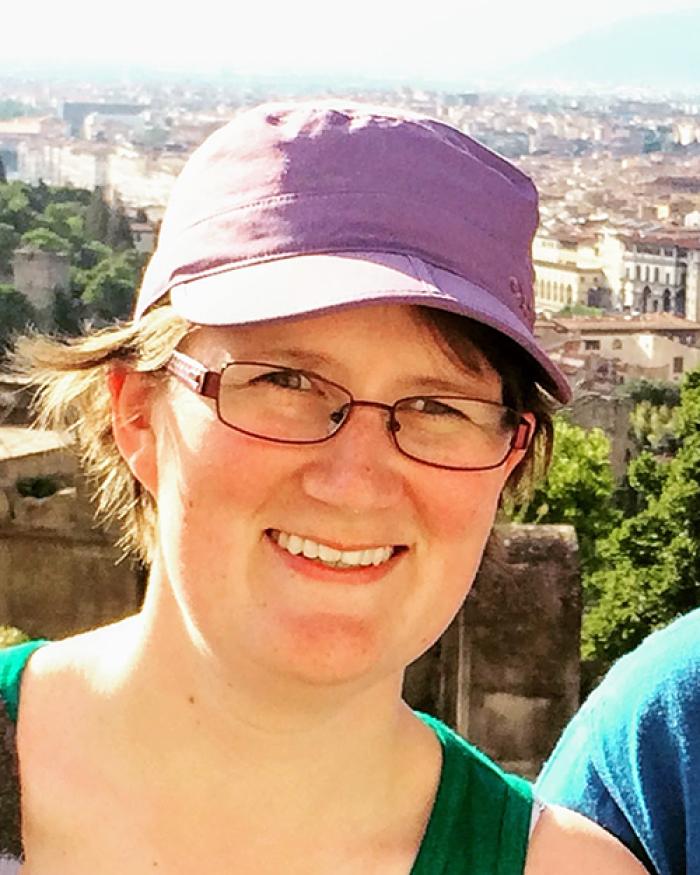

Brian P. Dolan
Department of Biochemistry & Biophysics
Courtesy Faculty - Dept. of Biochemistry and Biophysics
Associate Professor of Biomedical Sciences, Oregon State University, Carson College of Veterinary Medicine

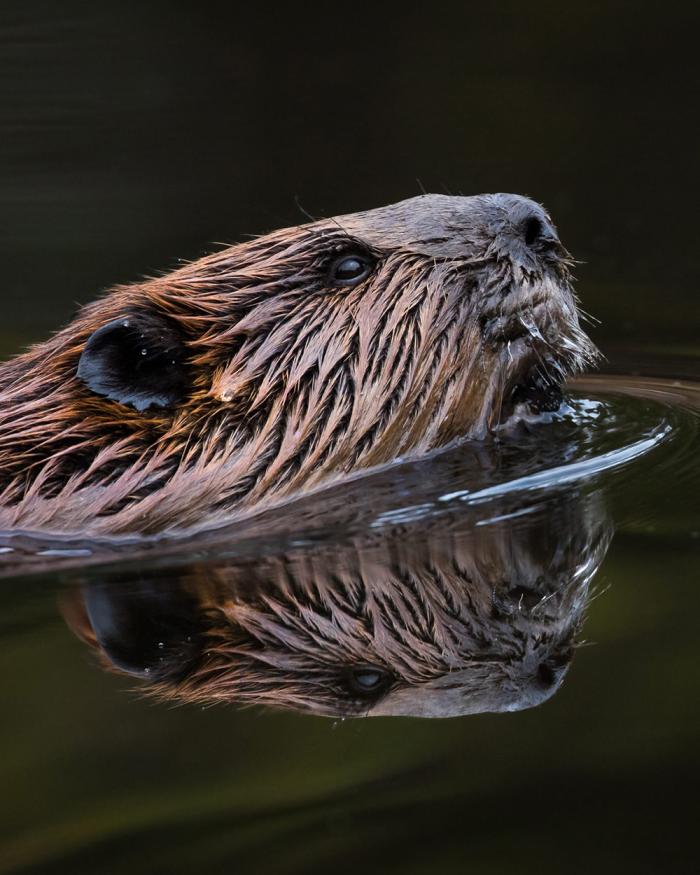

Balz B. Frei
Department of Biochemistry & Biophysics
Professor Emeritus
University Distinguished Professor
Distinguished Professor Emeritus, Linus Pauling Institute
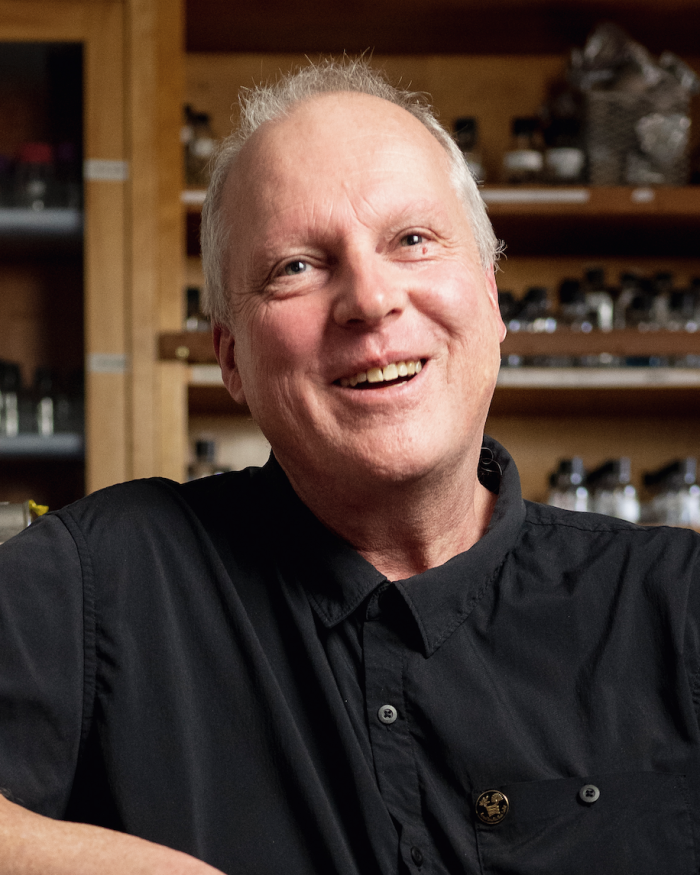


Adrian Gombart
Department of Biochemistry & Biophysics
Professor
Principal Investigator, Linus Pauling Institute

Tory M. Hagen
Department of Biochemistry & Biophysics
Professor-Endowed/Emeritus (Retired)
Principal Investigator and Helen P. Rumbel Professor for Healthy Aging Research, Linus Pauling Institute

Shan Hays
Department of Biochemistry & Biophysics
Courtesy Faculty - Dept. of Biochemistry and Biophysics
Professor of Biology - Western Colorado University



Kenton C. Hokanson
Department of Biochemistry & Biophysics
Department of Microbiology
Instructor
Assistant Professor, Senior Research